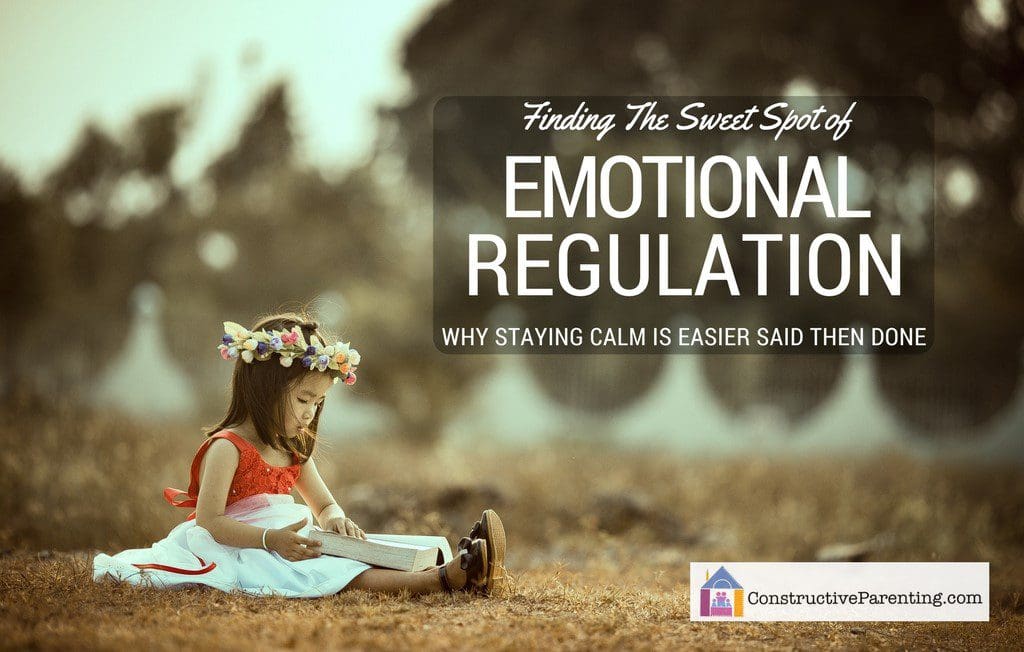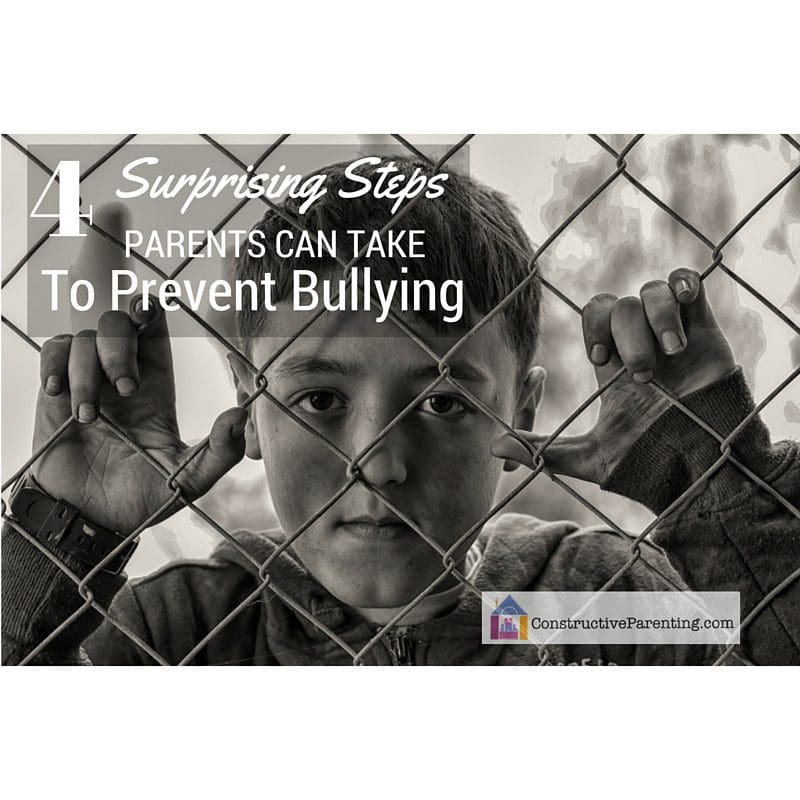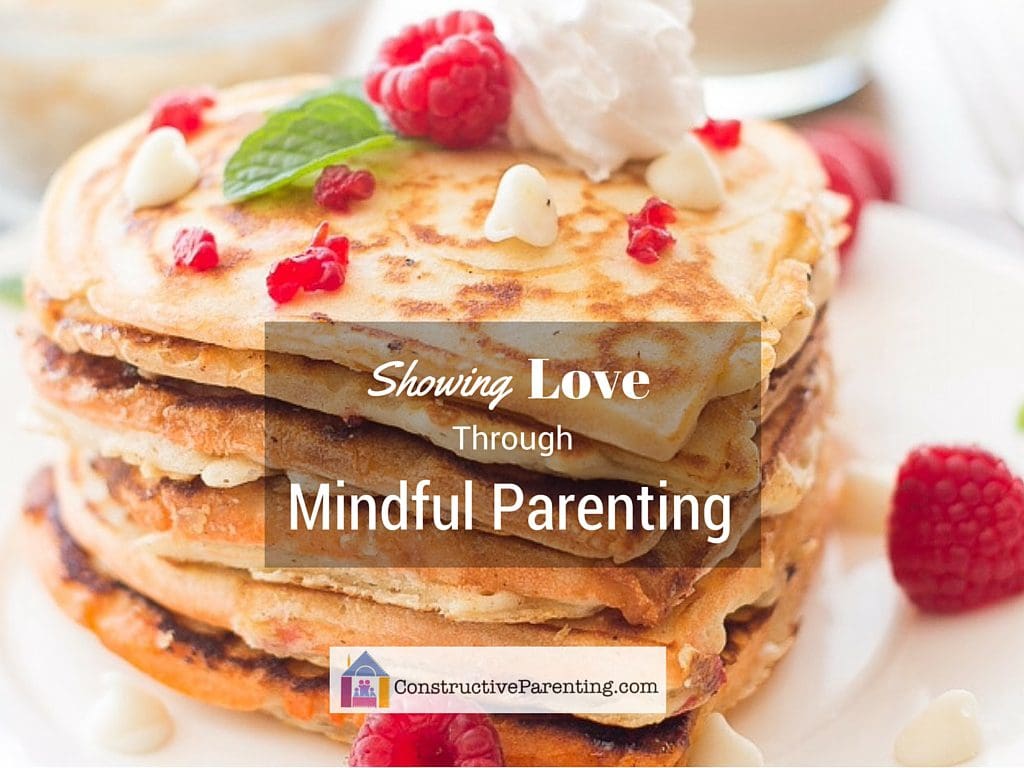Childhood Anxiety: 6 Tips to Help Your Anxious Kid Gain Confidence

Anxiety is one of the most common reasons parents seek professional help for their children. Anxiety disorders affect one in eight children, and left untreated, kids with anxiety often face problems maintaining friendships, performing in school and participating in other social experiences. Over time, anxiety can lead to feelings of depression, and many anxious teens eventually turn to substance abuse for relief.
As parents, we know that every child worries from time to time, and this can make it confusing to know when anxiety has become an issue that needs serious attention. When my daughter was small she was very socially aware, and she always hesitated to join in with other groups of preschoolers. When my son entered kindergarten, he started waking up in the night worried that he didn’t have everything he needed packed into his backpack. In both cases, I found myself concerned about whether these typical childhood worries might bloom into more serious problems. Fortunately, with support from my husband and me, our kids bounced back and found their footing without any serious side effects. The key is to pay attention to what your child is experiencing, validate what they are feeling, look for ways to support them, and seek additional help if you notice their fears are interfering with their school performance, their relationship with their friends, or their relationship with you.
Childhood anxiety can pop up in a number of ways. Some parents report that their children are afraid of separating from them. Other parents may note that their children have specific phobias, such as fear of the water or fear of the dark. Some children may perseverate about seemingly innocuous concerns and can’t be easily calmed down. Some anxious feeling are normal from time to time, but if anxiety becomes persistent then professional assistance may be needed. Still, there are some things that parents can do to help as well. The following is a list of tips to help you support your children so that they can regain the confidence they need to thrive.
Always Connect with Your Child First
When your child starts talking about the thing he is worried about for the 10th time that day it can be difficult to summon the strength to validate his concerns. The important thing to remember, though, is that when your child is anxious he has entered “panic mode” and your logical explanations will not help until you are able to “connect”. As tempting as it is to tell your son “you know the water is safe so just put your foot in”, you will be able to get through to him much quicker if you first let him know that you understand how he feels. Your goal in the moment is to calm your own frustrations so you can use a gentle tone of voice and body language to help your child feel safe. Put words to what you think he is feeling and let him know that it is okay. This first step helps your child calm down and sets the stage for allowing you and your child to search for solutions.
Teach Your Child to Talk Back
No, not to you. To their worries. Help your kids understand that thoughts are just thoughts and they don’t have to believe them. You can even help your child personify worried thoughts giving them a silly name. Teach your child to notice when the worried thoughts start popping up and show her how to talk back to those thoughts. You might say to your daughter, “is Silly-Billy making you think worry-thoughts again? Let’s tell him together ‘I’ve got this and I don’t have worry about that!’”
Breathe
If you only have time to teach your child one thing, the best skill you can give her is the ability to take long slow breaths in response to anxiety. When kids are anxious, their brains are tricked into thinking there is real danger. Instinctively, breathing becomes shallow and heart rates begin to quicken. When children learn to recognize these sensations, they can intentionally give their brain the signal that everything is okay by slowing down their breathing. This will also shift your child’s thoughts from “what if…” to a focus on the present moment—“what is”. Importantly, you have to start out by teaching your children how to breathe when they are calm. I tell parents to practice calm breathing with their children just before bed time, right before they kiss them goodnight. Over time, kids who practice this skill will be able to train their bodies to avoid panic-mode during more stressful times of the day. This leads to calmer thoughts and more adaptive responses to stressful situations.
Show Them the Way and Lead by Example
Each time you get a worried feeling, you can put words to it and then explain to your child what you are doing to help yourself calm down. It is important that your child learns that it is possible to tolerate worried feelings and manage them calmly. If you have been working on using the tips on this list with your child, you can even enlist them to play the helper role for you (this is a great way to increase their buy in). Ask your son if he can hold your hand and take some deep belly breaths with you. When you feel better, thank your child for his help and let him know how proud of yourself you are for using your coping skills to get through the episode.
Don’t Avoid the Scary Stuff
This is the most common pitfall where I see many parents stumble. When children are experiencing stress about the same problem time and time again, it seems easier to avoid the stressor all-together—to just give in and tell your child they don’t have to face the issue. The problem is that each time we avoid an anxiety-provoking situation, we are actually strengthening the pathways in the brain that are programed to produce anxiety. Consequently, avoidance leads to worsened anxiety over time, even though avoidance feels better in the moment. Instead, give your child the tools to cope with their feelings so that they can function even when they are worried. It is fine to break down exposure to an anxiety provoking event into baby steps at first, so that your child can feel small successes. The key is to strengthen the feeling of “I can do this” rather than the feeling of “I can’t.”
Talk to a Pro
If you have tried to support your child but his anxious feelings are persisting and are starting to get in the way of his ability to thrive it is time to reach out for help. The great news is that anxiety is very treatable. Look for a counselor or therapist who is well versed in cognitive behavioral therapy (CBT) and with whom you think your child can form a trusting relationship. Most therapists will offer a free phone consultation which will help you gage whether or not they are a good fit. If you live in the greater Charlotte or Matthews, NC area, and you need support with this problem I would love to work with you and your child! Click here to get started.












Thank you for giving parents such sound advice to deal with anxiety. We love getting your insightful suggestions – and they definitely work for our kids!
Great practical tips, thanks!